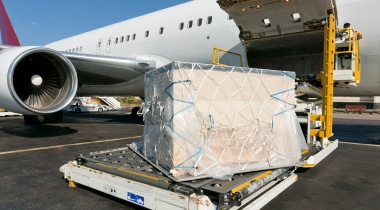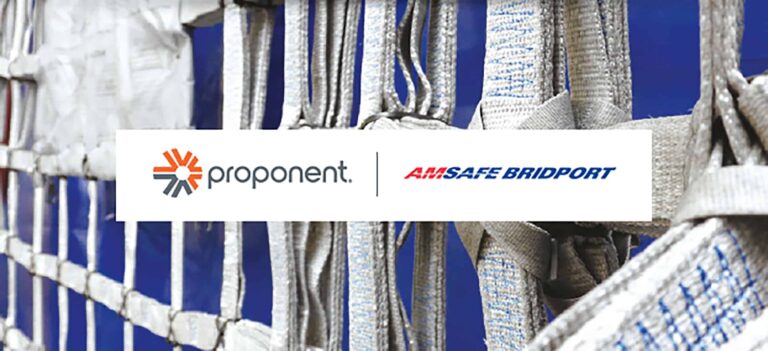In an effort to combat growing operating costs, a competitive market and the economic fluctuations of recent years, many airlines have turned toward “rightsizing” as a method for maintaining profits. Rightsizing in the aviation industry refers to the constant reorganization of fleets to meet demand fluctuations. For example, an airline might have a fleet made up of both regional jets and larger aircraft with the goal of utilizing the planes that best meet efficiency standards in a particular season (think holiday travel versus mid-January). This flexibility allows airlines to refrain from flying nearly empty, gas-guzzling larger planes or from missing potential ticket sales due to the smaller seating capacity of regional jets. While this concept makes perfect sense for airline revenues, it can be a challenge for MROs.
Rightsizing Challenges
Because of demanding airline schedules, all MROs must achieve high levels of efficiency to meet deadlines. While most MROs are understanding of the airlines’ need to meet passenger demand and maximize profits, those servicing rightsizing fleets face the challenge of having the necessary facilities, equipment and manpower that can quickly translate from one aircraft to the next. This makes having the right strategies in place even more crucial in meeting airline demands.
Effective MRO Strategies
To prevent unforeseen delays to airlines, MROs must develop strategies specific to the care of rightsizing fleets. According to Aviation Weekly, these strategies primarily center on:
Forward Thinking
While many MRO activities may arise unexpectedly, planning for known fluctuations, such as adjustments to aircraft cabins as major holidays approach, is a must. As Troy Jonas, vice president at AAR Airframe Maintenance Services explained to Aviation Weekly, “We collaborate closely with our customers, both to understand their requirements and plan ahead in order to deploy our manpower and resources accordingly.”
Acceptance of the Unknown
In conjunction with pursuing a plan of action, MROs must recognize the possibility for large-scale interruptions. By nature, these events cannot be planned for; however, the recognition of uncertainty and the estimation of when that uncertainty is more likely to occur (again, probably demanding seasons like the holidays) can allow MROs to mentally prepare for these anomalies and to include them (as much as possible) when forecasting events within the planning model.
Utilizing Technology
Many MROs have embraced the use of planning software to maximize efficiency in the initial stages of preparing for a rightsizing fleet. Planning software, like Trax Interactive Planner used by JetBlue, eliminates much of the manual paperwork for MROs. Planning software can also calculate incredibly complex maintenance scenarios and schedules, with the goal of formulating an optimized strategy for tackling rightsizing fleets.
At Kapco Global, we work to ease the stress of MROs dealing with both expected and unexpected rightsizing fleet adjustments. Our global locations give us the flexibility to meet unexpected demands quickly, and, by maximizing the usefulness of our Kapco kart, we have been able to offer:
- 24/7 access to purchase orders, history and certs
- Expanded bulk search capability for streamlined estimating
- Real-time, color-coded search results
- Same day shipping clock
It is through these avenues, and more, that we have become relied upon by MROs and manufacturers as a trustworthy, customer-centered, global aviation parts distributor.
More From Proponent
Aircraft Manufacturing: Benefits of the Lean Process in Retooling and Retraining
Kapco Global and Intelligent Aerospace Discuss the Implications for IoT in Supply Chain Management
Aviation Fuel Prices: Projected Increases and Possible Impacts to Aerospace



















